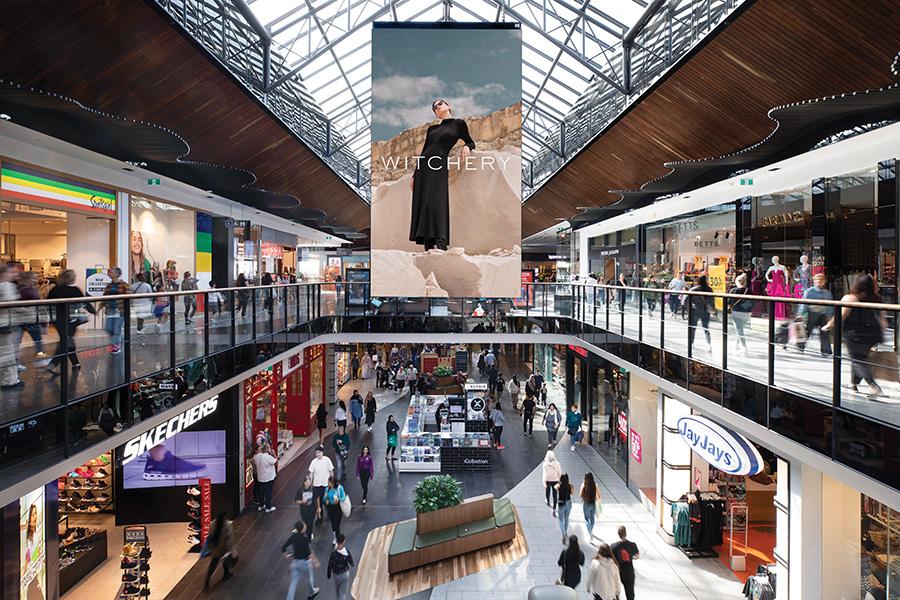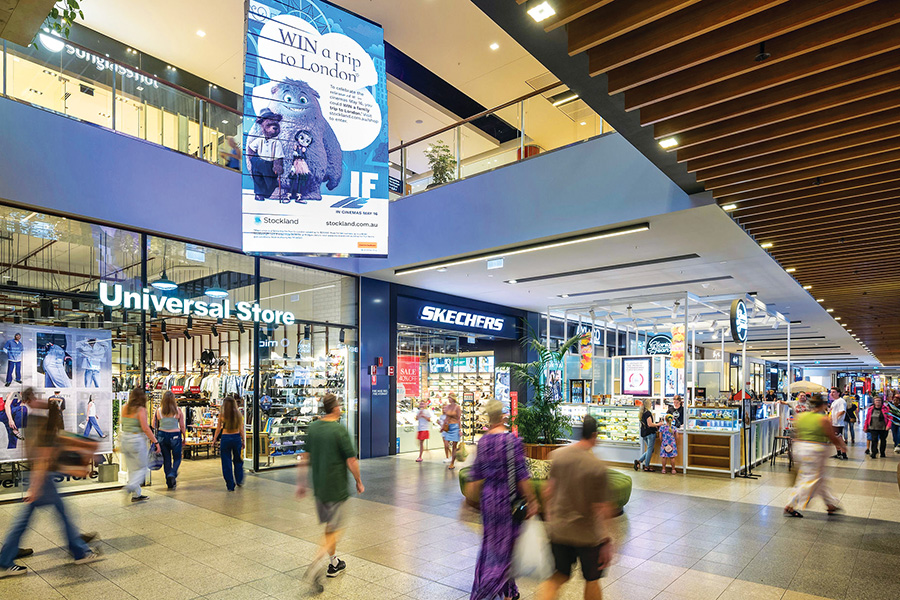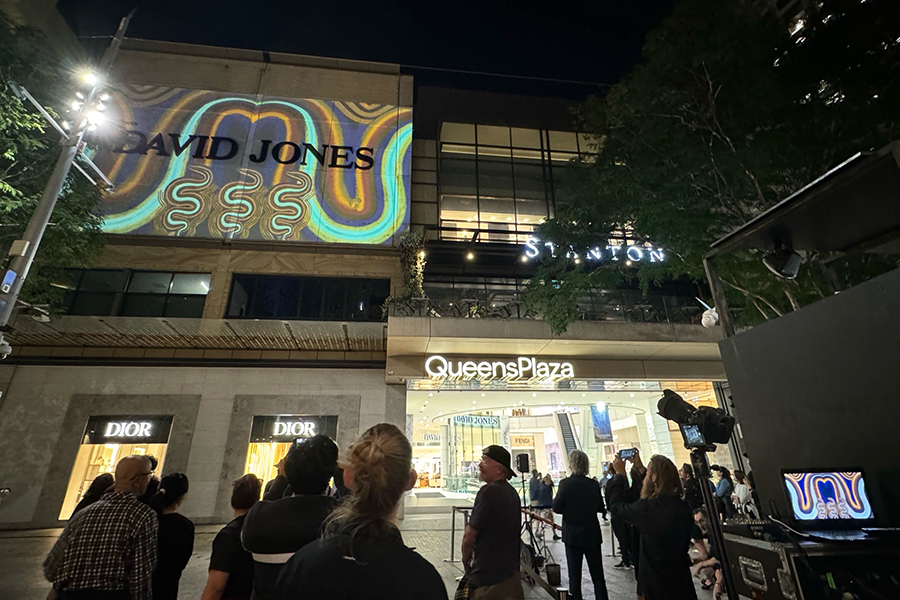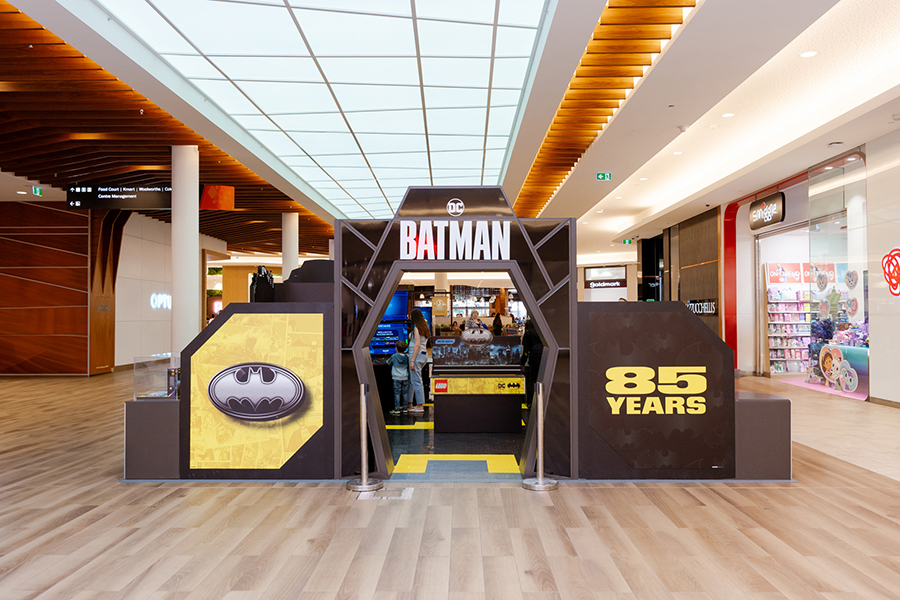We’re a transitionary species; we’ve always changed and will in the future. But the past three years have changed us more rapidly than ever before; for example 93% say they’ve more time to do what they want compared to pre-COVID levels. What does this mean for retail and, more importantly to us, for shopping centres?
While we try not to dwell on the past few years, it’s hard not to think about how much the world has changed and the impact this has had on the evolving consumer. As an Out of Home media company that values making public spaces better and brands unmissable, our scale of attention shrunk, and we were not alone. Once bustling with activity, retail and shopping centres diminished into empty spaces and busy streets were transformed into traffic-free zones. Our love of the great outdoors was suddenly limited to a much smaller radius.
With the worst of the pandemic behind us, we can no longer assume who our audience is, however, we can learn more about how the narrative has shifted. To do this and better understand evolving consumer behaviour, oOh!media commissioned independent Australian research company Pollinate to investigate the way that how we live our everyday lives has changed.(i)
The ‘How Aussies Move’ research explored the attitudes, behaviours and mindsets of Australians and how these factors have influenced how and what we do each day when we leave our homes. The results revealed the majority of us now prioritise ourselves, family and friends, with 71% saying they work to live.
Connecting on an emotional level
Australians’ mindsets have shifted. Newfound flexibility in how we work and study is driving changes in how we spend our free time, with 93% saying they have more time to do what they want compared to pre-COVID levels.
Aussies have reclaimed their weekends for social and cultural activities, resulting in an increase in time spent in Out of Home environments. This shift highlights how we are focusing on our needs over wants, and how the traditional concepts of ‘work, play and shop’ are evolving.
Our routines have shifted, leading to changes in the way we move around and the modes of transport we use. The increased flexibility has resulted in people being more active and engaging with the environment around them.
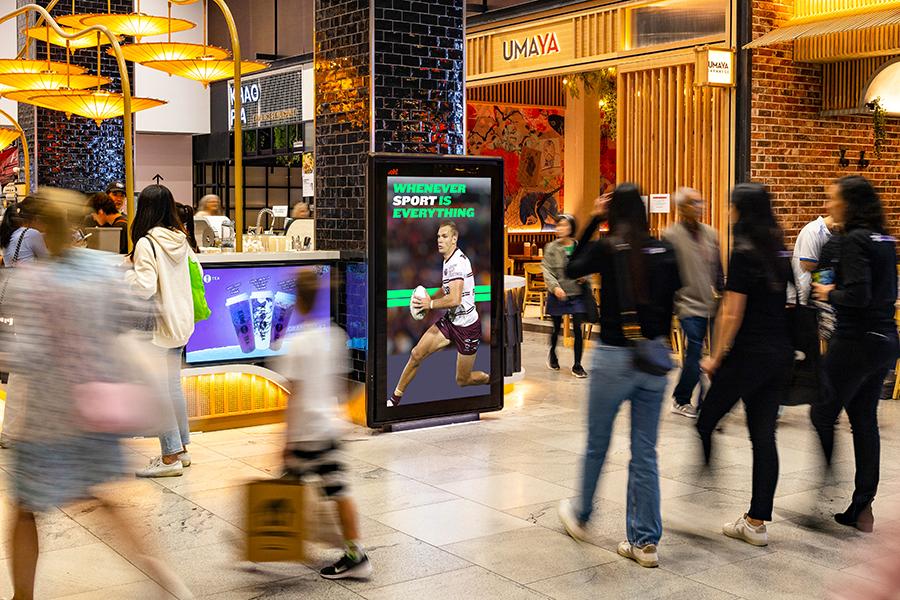
Understanding retail habits
Despite many of us being forced to shop online during the pandemic, bricks-and-mortar stores remain the popular choice with shoppers, and Australians are shopping more frequently and in more varied locations than ever before. The physical retail experience continues to drive consumers in-store with 51% saying they prefer an in-store shopping experience, and with more flexibility in our days, a further 41% say they’re more inclined to take their time when making purchases.
More than half of those questioned said their choice of shopping centre destination was driven by localisation, with 47% citing convenience as the most important factor for visitation.
The prevalence of supermarkets in Australian retail centres and malls remains the biggest drawcard, with more than 90% of spend still happening at physical supermarket locations.(ii)
The study also found that 47% of us spend more time outdoors, with 58% acknowledging that being ‘out and about’ in public spaces results in a more positive mindset.
Overall, Australians have transformed how they work, live and play, driving an evolution in how they use public spaces and interact with advertising and brands across Out of Home environments.
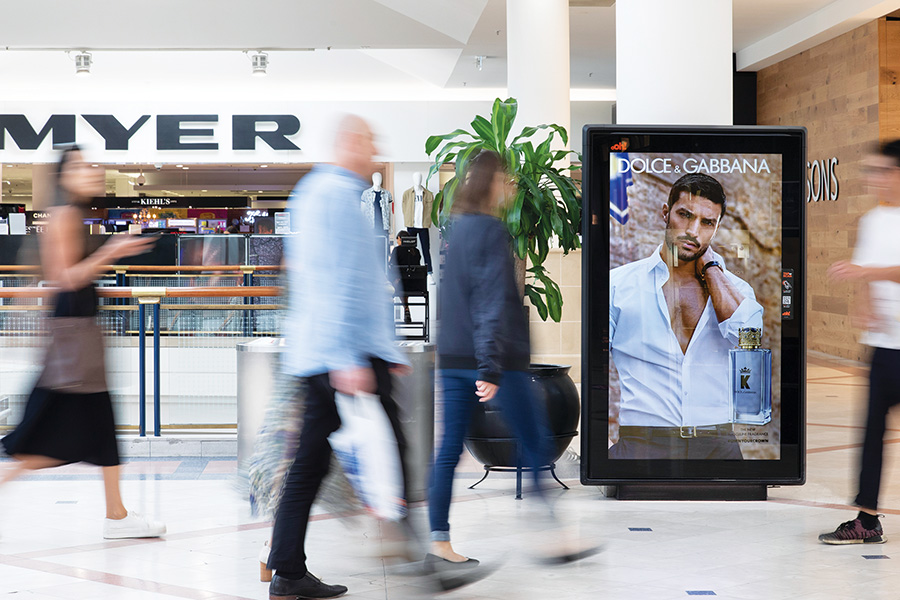
Grabbing attention on the move
This evolution in consumer behaviour has implications for retailers. With greater consumer flexibility and the want and need to be in public spaces, retail and shopping centre partners have a unique opportunity to facilitate greater consumer attention. With strong average dwell times, engaging consumers and grabbing their attention within three to four seconds is key. One of the best ways to achieve this across retail environments is through interactive digital screen content.
We know that full motion digital Out-of-Home creative increases the effectiveness impact by up to 2.5 times that of static digital creative.(iii) This is reinforced by oOh!media’s Polygraph Creative Effectiveness Tool – which uses anonymised consumer transactional data from 130 Out-of-Home campaigns to identify creative attributes that correlate to the highest shift in sales performance. The results show advertisers and brands using the full motion capabilities of the oOh! network saw an 187% increase in buyers (vs those that used static digital only) (iii).
Full motion digital screen content has been proven to drive sales, and in retail environments, where competition for attention is strong, leveraging this capability not only enhances the customer experience but also boosts the revenue bottom line for retailers. And as consumer work, play and shopping patterns continue to evolve post-pandemic, the retail sector must adapt to these changes in order to stay ahead of the curve and maintain their competitive advantage.
This article by Justin Kingston, National Commercial Director, oOh!media features in the latest edition of Shopping Centre News.

i. oOh!, in conjunction with research partner Pollinate, engaged leading experts in consumer psychology, human geography, the future of work and infrastructure planning, conducted in-depth interviews with commuters and travellers and carried out a nationally representative sample of 2,000 Australians to understand the changes in audience behaviour and what it means for brands.
ii. CBAiQ banking data, calendar year 2022, proportion total supermarket spend offline.
iii. oOh! Polygraph, uplift in buyers and proportion of new customers over campaign period for brands using motion creative vs brands that ran non-motion creative, 15 campaigns, based on analysis by CommBankIQ.


